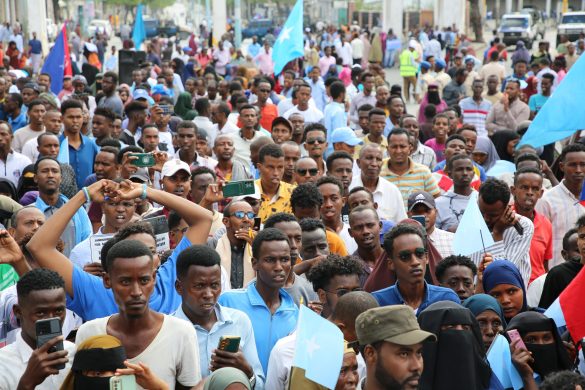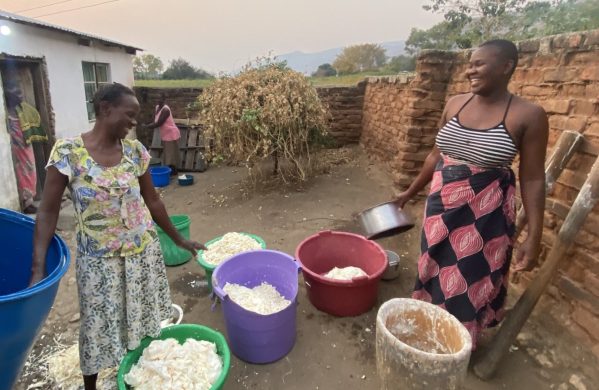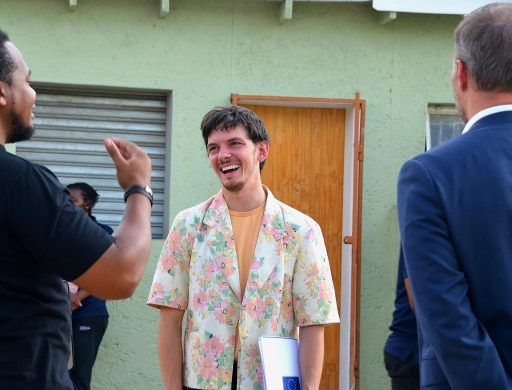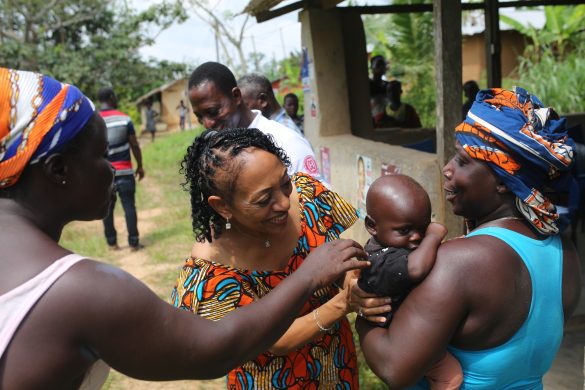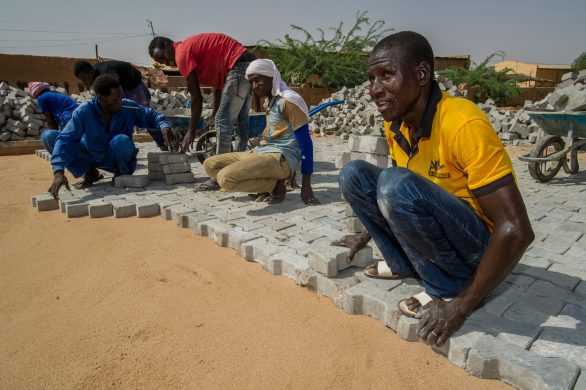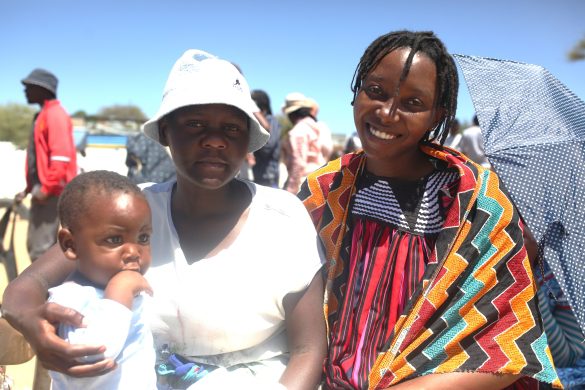CAPE TOWN, 24. May: A shortage of doctors and nurses in Africa is now one of the biggest obstacles to providing life-saving drugs to AIDS patients, condemning untold numbers to an unnecessary death, a new report says.
Africa has increased the number of AIDS sufferers on treatment from 100.000 in 2003 to 1,3 million last year, but a lack of medical workers is preventing further expansion of drug programs, according to the report released Thursday by Medecins Sans Frontieres (Læger uden Grænser – MSF).
– The international community says it wants to achieve universal access, and in Khayelitsha we were coming close, but at a certain point things started to collapse, said Eric Goemaere, who heads the agency in that sprawling Cape Town township.
– ‘We are absolutely saturated (udmattede). We have come back to waiting lists and it feels again like we are losing the battle,’ he said.
Southern Africa is hardest hit by the AIDS epidemic, accounting for the vast majority of the 40 million infections and the daily death toll of 8.000. Despite the advances in AIDS treatment taken for granted in rich countries, more than 70 percent of Africans who need it are still waiting.
South Africa has 393 nurses and 74 doctors per 100.000 people, but a high percentage work in the private sector and shortages are especially acute in rural areas. This compares to 901 nurses and 247 doctors per 100.000 people in the United States.
In tiny Lesotho, which is also ravaged by AIDS, there are just five doctors and 63 nurses per 100.000 people. In Malawi, there are two doctors and 56 nurses, and in Mozambique three doctors and 20 nurses.
The MSF-report, which focused on the four southern African countries, made grim reading. It said that in the Thyolo district of Malawi, a single medical assistant sees up to 200 patients per day.
In Mavalane district in Mozambique, many patients died during the two-month wait to start treatment, while in one of Lesothos main hospitals, more than half the nursing jobs were vacant.
The report said that countries would only be able to cope with the crisis by ”task-shifting” – allowing nurses to do work normally assigned to doctors, medical assistants to do the work of nurses and using more community workers.
Malawi is already doing this, and a new AIDS plan recently adopted in South Africa also shifts treatment away from hospitals to community-based care. Lesotho also has nurse-based treatment – but there simply are not enough nurses.
The report also pointed the finger at donor countries, which pay for antiretroviral drugs and new clinics but do not provide for health workers salaries to operate them.
It said the US Millennium Challenge Account has committed an 140 million US dollar to improve physical infrastructure at health facilities. But no plans have been made to recruit the 600 additional health care workers needed to staff the facilities.
”People living with HIV/AIDS do not only need drugs and clinics; they need trained, motivated health care workers to diagnose, monitor and treat them,” the report said.
Kilde: The Push Journal





